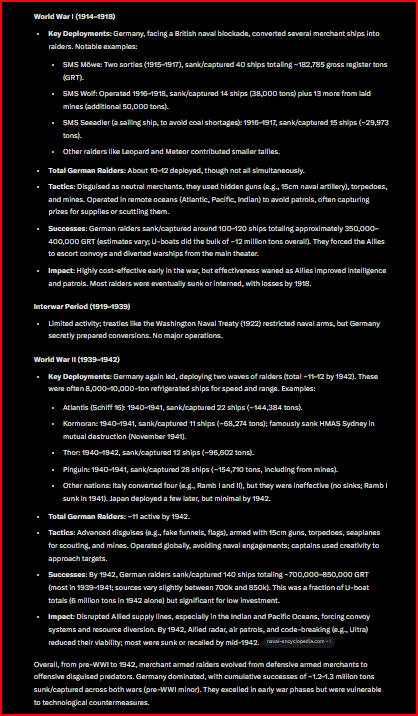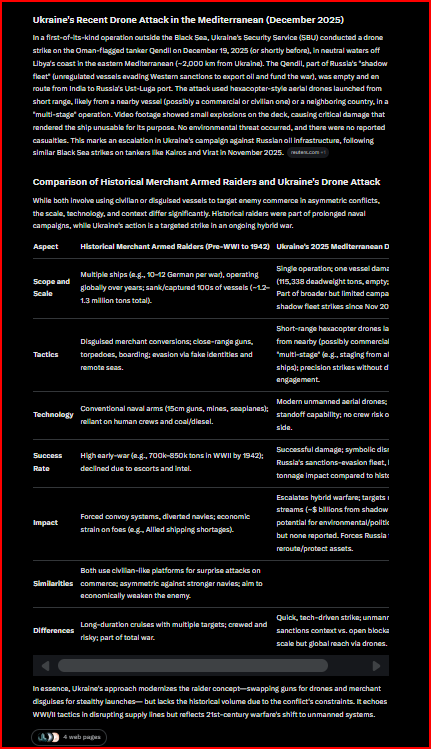Alright folks, this is a logistical 🧵on pallets, cranes, ISO containers, and what we are _NOT_ seeing on Russian Trucks in Ukraine
Below is really good background tweet 🧵on the importance of pallets as a logistical productivity tool, since we are not seeing them in Ukraine
1/
Below is really good background tweet 🧵on the importance of pallets as a logistical productivity tool, since we are not seeing them in Ukraine
1/
https://twitter.com/thinkdefence/status/1100831943921467396
and we should be seeing a whole lot of them.
Instead, we are seeing the Russian Army use two man carry break bulk boxes of mortar & artillery ammunition like this.
2/
Instead, we are seeing the Russian Army use two man carry break bulk boxes of mortar & artillery ammunition like this.
2/

Pallets are fundamental to the mechanized movement of goods in a modern economy or military.
See:
"According to an article in a 1931 railway trade magazine, three days were required to unload a boxcar containing 13,000 cases of unpalletized canned goods. When the same
3/
See:
"According to an article in a 1931 railway trade magazine, three days were required to unload a boxcar containing 13,000 cases of unpalletized canned goods. When the same
3/
...amount of goods was loaded into the boxcar on pallets or skids, the identical task took only four hours."
Point blank, the Russian Army trucks seem to be Soviet Union in the early 1930's in terms of pallet logistical efficiency.
4/
poorboypallet.com/fun-facts/f/di…
Point blank, the Russian Army trucks seem to be Soviet Union in the early 1930's in terms of pallet logistical efficiency.
4/
poorboypallet.com/fun-facts/f/di…
Look at this Russian operational truck loss from @UAWeapons It is clear the Russians 'get' palletizing artillery rockets.
But what is missing in these photos?
Hint: mechanized logistical infrastructure has a "look" you don't see here.
5/
But what is missing in these photos?
Hint: mechanized logistical infrastructure has a "look" you don't see here.
5/
https://twitter.com/UAWeapons/status/1506955462096343042
There are no D-rings to tie down that huge rocket pallet.
That is why the TOS thermobaric rocket pallet shifted off that truck & destroyed the wooden truck bed in the process.
There is something else missing on this & every other Russian truck.
6/
That is why the TOS thermobaric rocket pallet shifted off that truck & destroyed the wooden truck bed in the process.
There is something else missing on this & every other Russian truck.
6/
Where are the material handling cranes on Russian trucks?
Rocket launchers can pick up palletized rocket pods with their launcher (See US Army HIMARS example below) off the ground.
Not so much from a tall tactical truck bed.
7/
Rocket launchers can pick up palletized rocket pods with their launcher (See US Army HIMARS example below) off the ground.
Not so much from a tall tactical truck bed.
7/

The biggest peculiarity is there are no cranes in Ukraine, and I mean that literally.
I've yet to see a single KAMAZ, URAL or ZIL cargo truck with a built in material handling crane. The US Army has 10%-15% of its 5-ton trucks fitted with cranes to help move
8/
I've yet to see a single KAMAZ, URAL or ZIL cargo truck with a built in material handling crane. The US Army has 10%-15% of its 5-ton trucks fitted with cranes to help move
8/

...ammunition or other heavy objects.
The M1084 5-ton std & M1086 5-ton long wheelbase FMTV trucks have cranes to speed the unloading of MLRS rocket pods and artillery ammunition pallets for shells & propellent at ammunition supply points.
9/
The M1084 5-ton std & M1086 5-ton long wheelbase FMTV trucks have cranes to speed the unloading of MLRS rocket pods and artillery ammunition pallets for shells & propellent at ammunition supply points.
9/
Which brings up the missing Russian all terrain fork lifts.
I wrote a long tweet thread in Nov 2021 on the poisonous WW2 interservice politics in the Pacific over the logistical supply chain there involving forklifts.
10/
I wrote a long tweet thread in Nov 2021 on the poisonous WW2 interservice politics in the Pacific over the logistical supply chain there involving forklifts.
10/
https://twitter.com/TrentTelenko/status/1457931007085187074
The gist of that thread was a War Dept. logistics troubleshooter showed up in the Pacific to unsnarl War Dept. supply chains and had the trouble both snarled & shot back at him.
That being Adm Nimitz & his staff disallowing the Army its concrete in it's supply ship manifests
11/
That being Adm Nimitz & his staff disallowing the Army its concrete in it's supply ship manifests
11/

...to build forklift capable warehouses in the age before all terrain forklifts were invented.
Then as now senior US Navy leaders are plug ignorant & proud of it when it comes to the realities of building & operating maritime infrastructure to support naval operations.
12/
Then as now senior US Navy leaders are plug ignorant & proud of it when it comes to the realities of building & operating maritime infrastructure to support naval operations.
12/
This 1940's era 'type A' USN micromanagement of Army concrete contributed to the artillery shell shortage that slowed the Okinawa campaign, resulting in a great deal of avoidable kamikaze damage.
13/
13/

Fanbois of Nimitz can rest easy because Putin & his generals in ukraine have far exceeded anything the WW2 Central Pacific command clique ever did by way of screwing up the transportation military supplies by corruption.
Whatever monies that were supposed to go for Russian
14/
Whatever monies that were supposed to go for Russian
14/
...Army truck cranes went to line someone's Flag rank pockets.
The reason the US Army adds cranes to its trucks is to make the entire truck fleet more productive in moving cargo with fewer vehicles. Cranes reduce the loading time per truck so more of a vehicle's work day
15/
The reason the US Army adds cranes to its trucks is to make the entire truck fleet more productive in moving cargo with fewer vehicles. Cranes reduce the loading time per truck so more of a vehicle's work day
15/
...is spent on the road than standing still.
Rough order, at the 90 mile/145 km distance Russian trucks can make three round trips. US Army trucks will be able to make four, because of their crane reduced load/unload times.
16/
Rough order, at the 90 mile/145 km distance Russian trucks can make three round trips. US Army trucks will be able to make four, because of their crane reduced load/unload times.
16/

Or, the pre-war truck efficiency assumptions on how long Russian trucks load and unload are very wrong because of built-in Western assumptions on levels of Russian mechanized logistics.
17/
17/
US Army has had its Palletized Load System (PLS) trucks since 1993, having produced over 8,000 to date, and half of them were bought with cranes. There is nothing like it in the Russian truck fleet in Ukraine These PLS trucks are the US Army's primary MLRS rocket transports.
18/
18/

The ports of St Petersburg and Vladivostok are heavily containerized as are the Russian railroads since they transship Chinese containers to Europe.
One of my maritime shipping contacts sent this to me when I asked him about the penetration of ISO containers in the Russian
19/
One of my maritime shipping contacts sent this to me when I asked him about the penetration of ISO containers in the Russian
19/
economy:
"Containers are used almost exclusively for commercial offload in the ports. They are rarely transported into the interior. Maersk just ran a story about heading back into Russia to grab 50k containers. That is mainly those in and around the ports."
20/
"Containers are used almost exclusively for commercial offload in the ports. They are rarely transported into the interior. Maersk just ran a story about heading back into Russia to grab 50k containers. That is mainly those in and around the ports."
20/
There are huge economic multiplier effects that come to economies from full intermodal transportation.
Russians don't have them.
That means Russia's non-oil economy is much smaller than Western economists give it credit for.
21/
Russians don't have them.
That means Russia's non-oil economy is much smaller than Western economists give it credit for.
21/
I wonder how big a Ponzi game Putin's Russian economy is playing with German banks?
22/End
22/End
• • •
Missing some Tweet in this thread? You can try to
force a refresh








